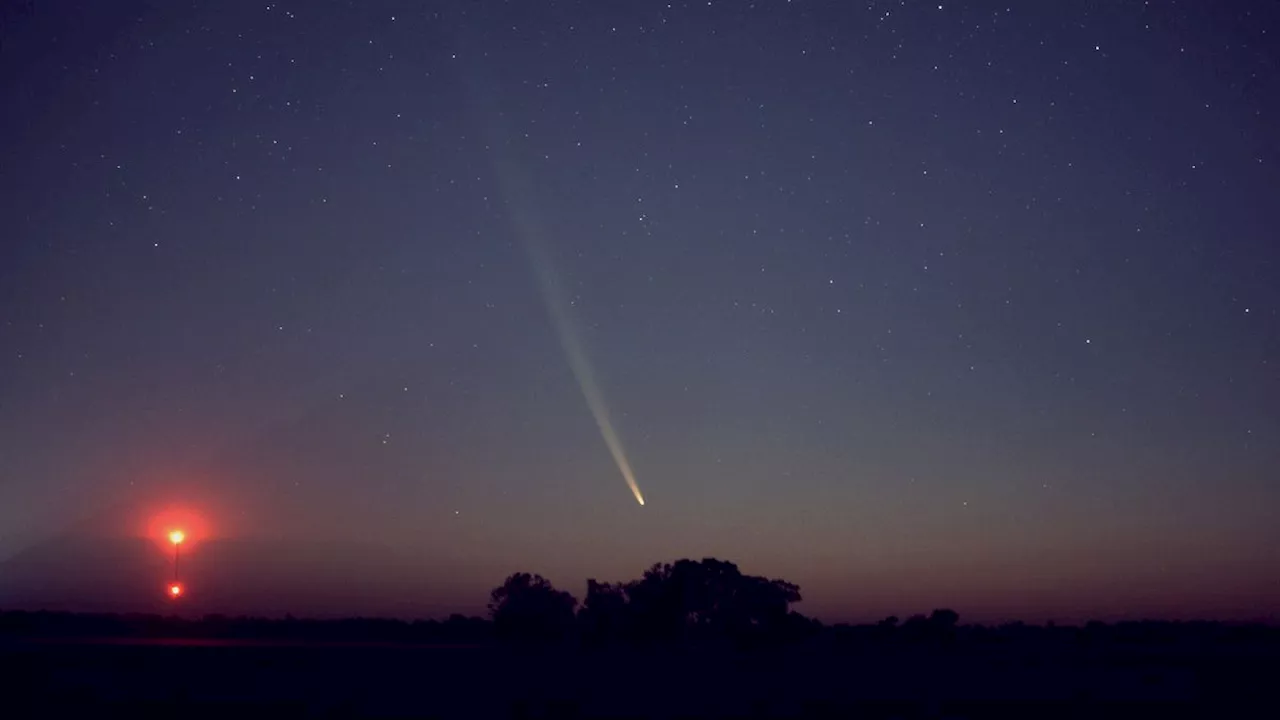Joe Rao is Space.com's skywatching columnist, as well as a veteran meteorologist and eclipse chaser who also serves as an instructor and guest lecturer at New York's Hayden Planetarium. He writes about astronomy for Natural History magazine, the Farmers' Almanac and other publications.
Jam packed issues filled with the latest cutting-edge research, technology and theories delivered in an entertaining and visually stunning way, aiming to educate and inspire readers of all agesMichael Mattiazzo captured this image of Comet Tsuchinshan-ATLAS during dawn twilight on October 1st from Swan Hill, Victoria, Australia. He used a a Canon 6D + Sigma lens at 50mm f/2.8. iso1600. 15 sec.
Two days before and two days after Comet Tsuchinshan-ATLAS passes closest to the sun in our sky , it may be bright enough to glimpse very low in the morning sky, somewhat to the right of due east and very low in the evening sky, somewhat to the left of due west. These diagrams have been drawn for an observer in latitude 40-degrees north, about 25 minutes before the start or after the end of civil twilight.
Comet Tsuchinshan–ATLAS will be within range of the LASCO C3 imagery through 22:00 UT . It will appear to pass closest to the sun — a scant 3.5-degrees from its center — on Oct. 9 at 09:00 UT . Probably as far as most are concerned, Comet Tsuchinshan–ATLAS will put on its best showing in the evening sky during the two-week timeframe beginning Oct. 12 and running through Oct. 26.
The comet's tail will be pointing almost directly toward the Earth on that date, so it may appear rather foreshortened in appearance. But in the days that follow, the tail will appear to pivot rapidly to the east and lengthen significantly with each passing night. As a result, dramatic night-to-night changes in the tail may become evident.
By the evening of Oct. 19, the comet will be nearly 30 degrees above the west-southwest horizon at mid-twilight and will be setting three and a half hours after sunset. By Oct. 26, these numbers will have improved to 38 degrees above the west-southwest horizon and setting four and a half hours after sunset. After Oct. 12, the comet will be moving away from both the sun and the Earth, so consequently it will gradually fade. On the evening of Oct.
Australia Latest News, Australia Headlines
Similar News:You can also read news stories similar to this one that we have collected from other news sources.
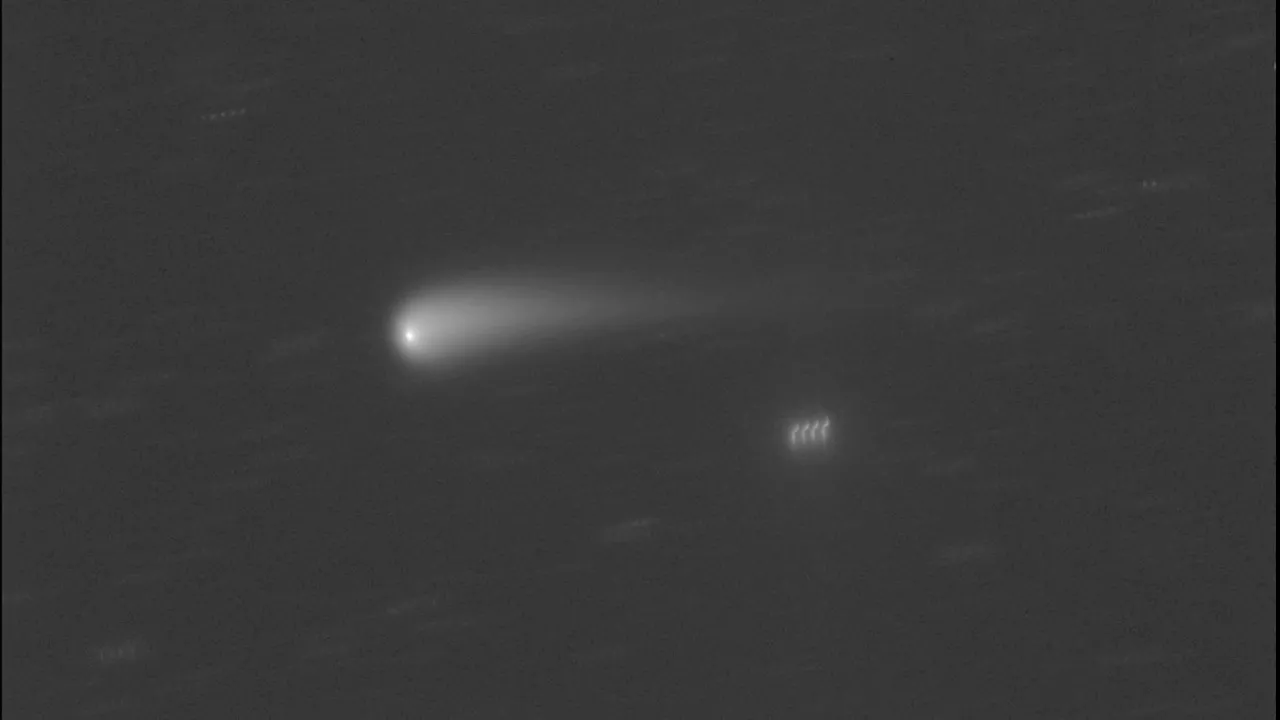 'Doomed' comet Tsuchinshan-ATLAS survives brush with sun — may be visible to naked eye this fallJoe Rao is Space.com's skywatching columnist, as well as a veteran meteorologist and eclipse chaser who also serves as an instructor and guest lecturer at New York's Hayden Planetarium. He writes about astronomy for Natural History magazine, the Farmers' Almanac and other publications.
'Doomed' comet Tsuchinshan-ATLAS survives brush with sun — may be visible to naked eye this fallJoe Rao is Space.com's skywatching columnist, as well as a veteran meteorologist and eclipse chaser who also serves as an instructor and guest lecturer at New York's Hayden Planetarium. He writes about astronomy for Natural History magazine, the Farmers' Almanac and other publications.
Read more »
 Astronaut captures stunning timelapse of Comet Tsuchinshan-ATLAS from ISS (video)A chemist turned science writer, Victoria Corless completed her Ph.D. in organic synthesis at the University of Toronto and, ever the cliché, realized lab work was not something she wanted to do for the rest of her days.
Astronaut captures stunning timelapse of Comet Tsuchinshan-ATLAS from ISS (video)A chemist turned science writer, Victoria Corless completed her Ph.D. in organic synthesis at the University of Toronto and, ever the cliché, realized lab work was not something she wanted to do for the rest of her days.
Read more »
 Comet Tsuchinshan-ATLAS puts on show in space before possible big show on EarthComet Tsuchinshan-ATLAS has been tantalizing astronomers on Earth for several months since its discovery last year.
Comet Tsuchinshan-ATLAS puts on show in space before possible big show on EarthComet Tsuchinshan-ATLAS has been tantalizing astronomers on Earth for several months since its discovery last year.
Read more »
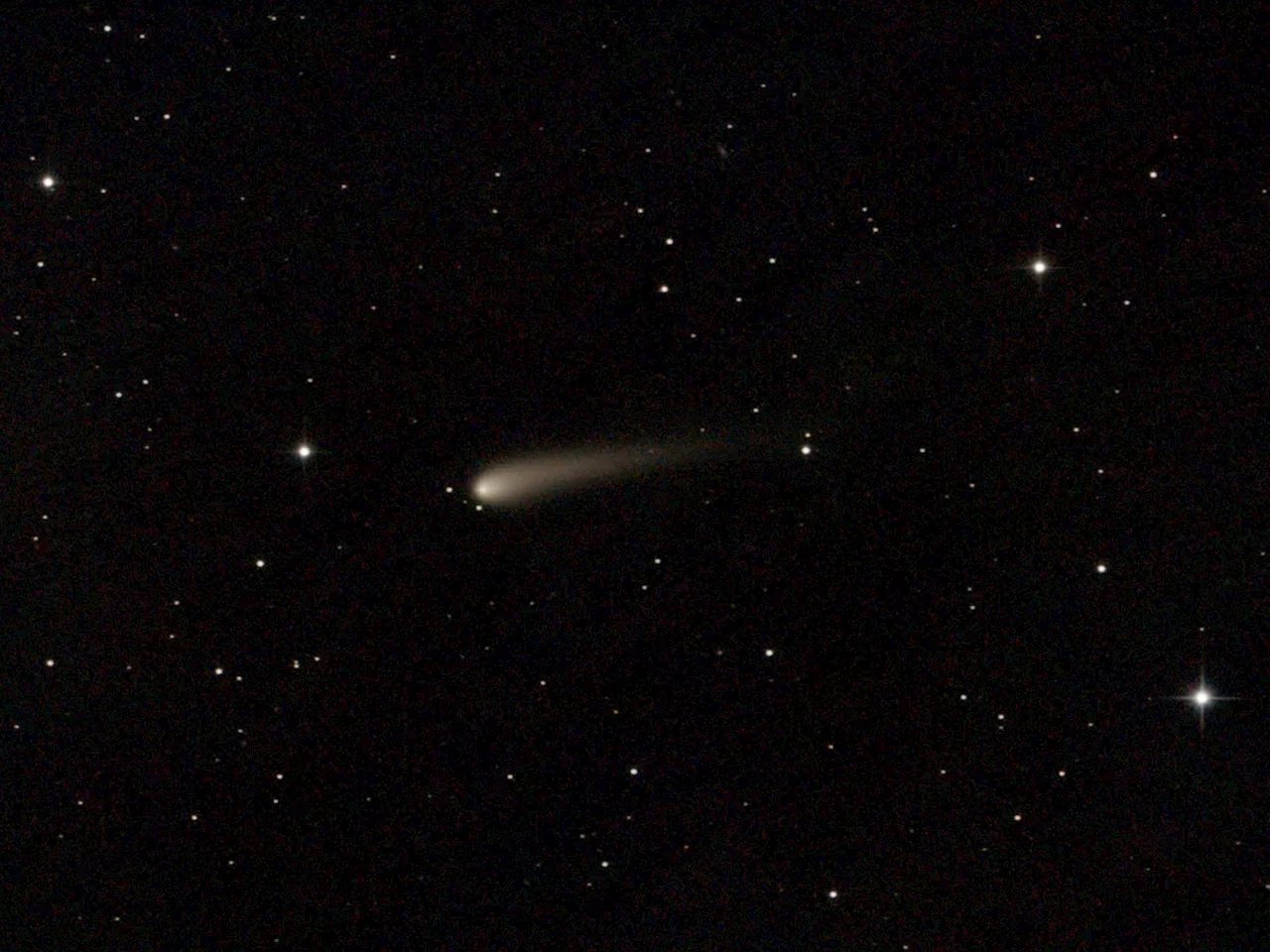 Will Comet Tsuchinshan-ATLAS Be the Brightest of the Year?Comet C/2023 A3 (Tsuchinshan-ATLAS) could soon shine very bright in Earth’s skies
Will Comet Tsuchinshan-ATLAS Be the Brightest of the Year?Comet C/2023 A3 (Tsuchinshan-ATLAS) could soon shine very bright in Earth’s skies
Read more »
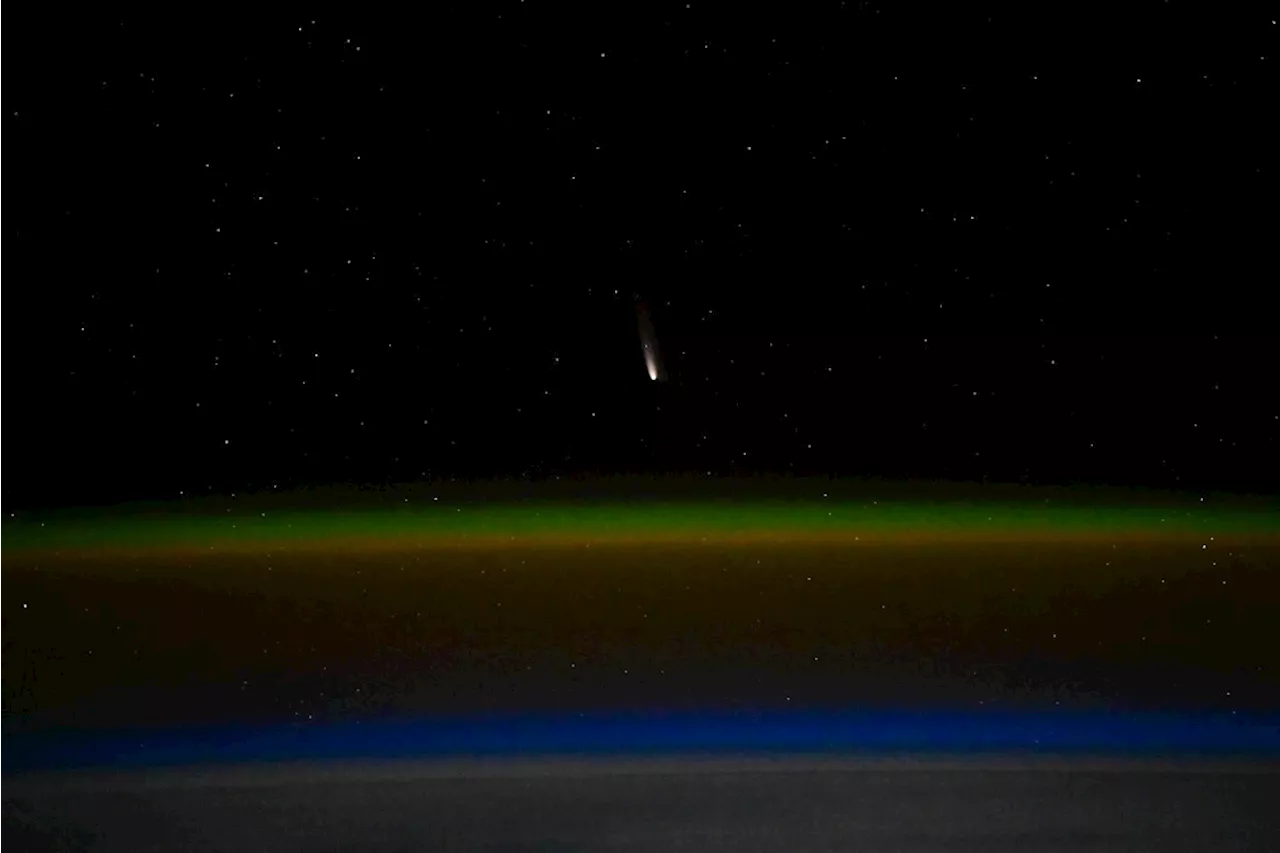 Will Comet A3 Tsuchinshan-ATLAS Shine Brighter Than Expected?Now is the time to catch Comet A3-Tsuchinshan-ATLAS at dawn.
Will Comet A3 Tsuchinshan-ATLAS Shine Brighter Than Expected?Now is the time to catch Comet A3-Tsuchinshan-ATLAS at dawn.
Read more »
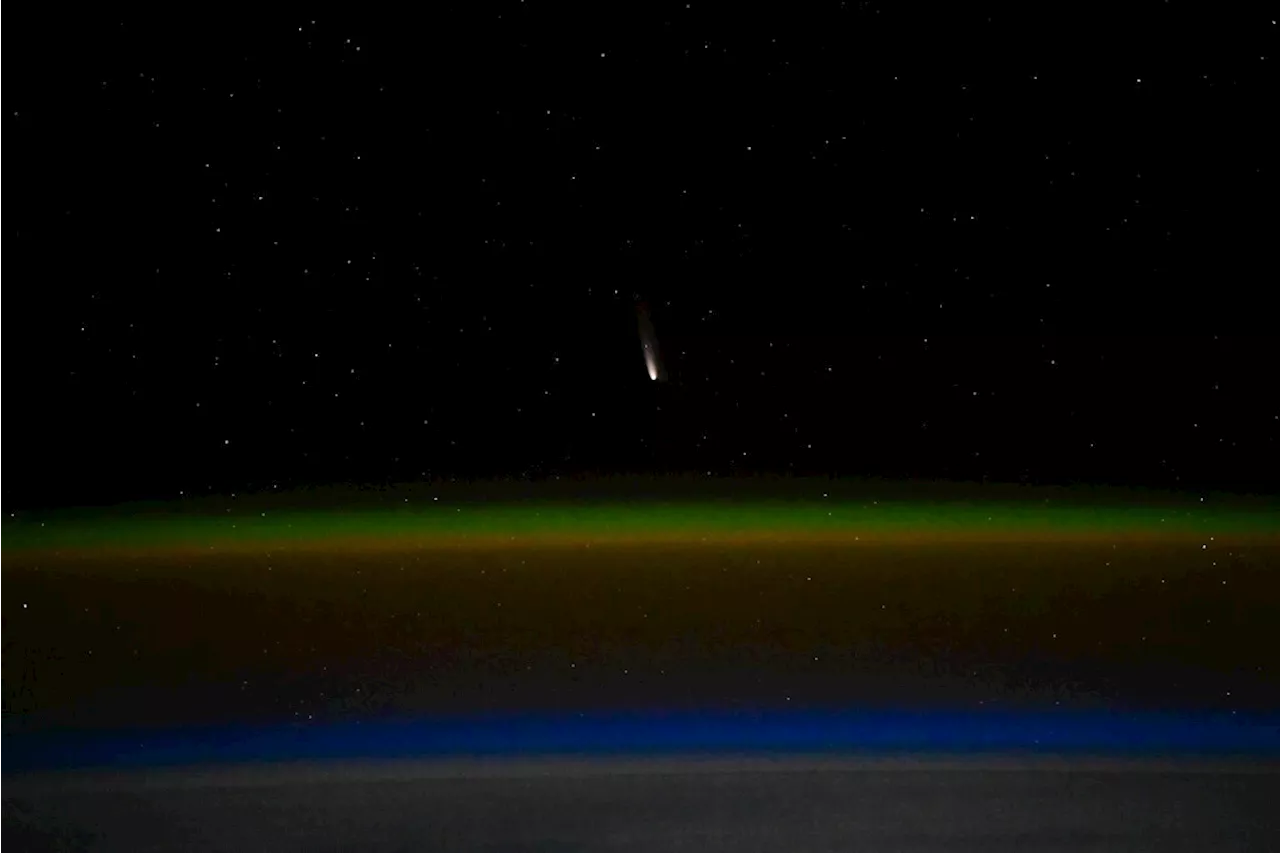 Comet A3 Tsuchinshan-ATLAS: A Daytime Spectacle?A newly discovered comet, A3 Tsuchinshan-ATLAS, is gaining visibility and might even become bright enough to be seen during the day. While it will be a fleeting spectacle, southern observers and astronauts aboard the International Space Station are already enjoying its brilliance.
Comet A3 Tsuchinshan-ATLAS: A Daytime Spectacle?A newly discovered comet, A3 Tsuchinshan-ATLAS, is gaining visibility and might even become bright enough to be seen during the day. While it will be a fleeting spectacle, southern observers and astronauts aboard the International Space Station are already enjoying its brilliance.
Read more »
